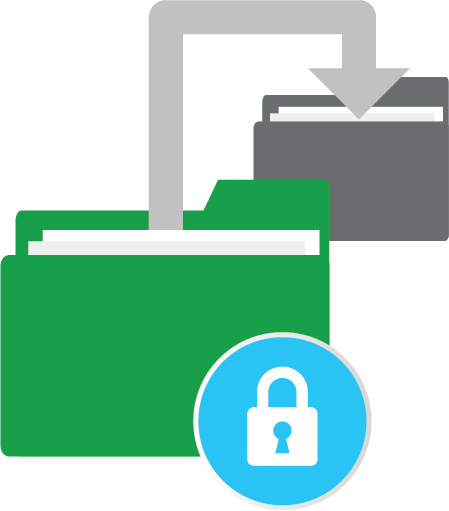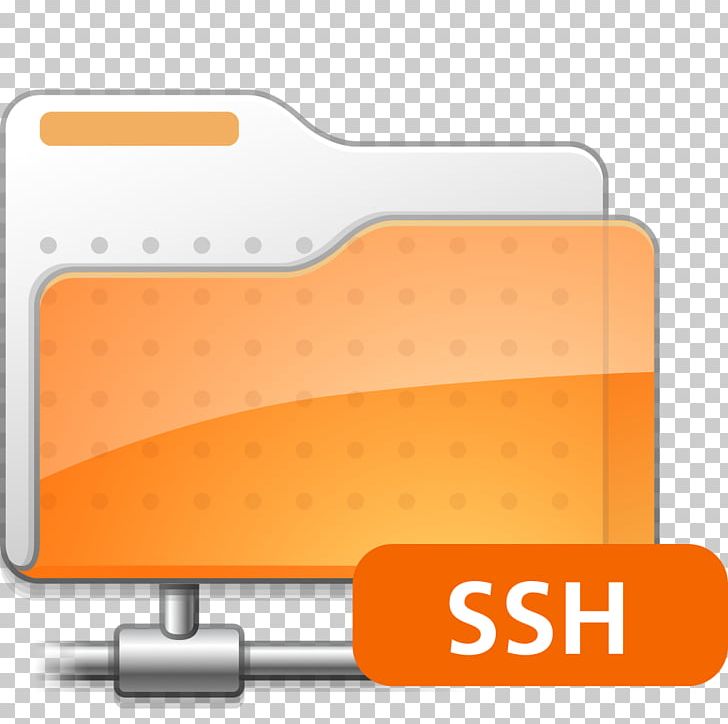
After authenticating and establishing a connection with the server, every file transfer request opens another port. The first port is for authentication and commands. The FTPS protocol needs the following to connect and allow file transfers:įTPS does use multiple port numbers to connect and complete your file transfers. This additional layer provides a secure connection between client and server. It uses TLS (Transport Layer Security) or SSL (Secure Sockets Layer) encryption for security you don’t get with standard file transfer protocol (FTP). Turn Up Your File Transfer Protocol Security With FTPSįTPS is an extension of FTP. A single open port allows for faster file transfers between client and server once the connection has been authenticated. SFTP uses a single port for connections to the server.
#Secure file transfer plus
One plus of choosing SFTP as your secure file transfer method is it being firewall-friendly. If you are looking for a reliable way to upload and transfer big files, a hosted FTP service that supports direct SFTP connections is ideal for your business. SSH protocol includes a public key and a private key, which authenticates the server and the user. Your FTP and file sharing service should provide information on setting up SSH keys for your account.
#Secure file transfer password
SFTP uses encryption and cryptographic hash functions to make sure your data is not readable to anyone during file transfer.įor SFTP file transfers, SSH keys or a user ID and password are required to connect to the server. When using SFTP for file transfers, the connection is always secure. SSH is the ‘secure shell’ that acts as a privacy layer for your SFTP transfers. It uses SSH which is the “S” part of SFTP. From simple online file shares to transferring large files and videos on a regular basis, here are three secure file transfer methods that will help you send your business files securely. Today, secure file transfer methods are designed to keep your company from experiencing a breach of data during transfer.

Secure file transfer methods make sure eavesdropping, as well as other breaches or privacy violations, do not happen. The possibility that your data could be intercepted by someone “listening in” during the transfer between your computer and a server or other device. This type of attack is similar to eavesdropping on a conversation. One way to ensure you are protecting customer data is to look for security features designed to protect from and avoid man-in-the-middle attacks.

Secure File Transfer MethodsĮach and every file transfer - whether its customer orders, inventory data, client communications, or product documentation - needs to protect the data being transferred. This means having secure file transfer methods in play is vital for any business to stay on top of their game. Engaging with customers online and all over the world is common for most businesses these days.


 0 kommentar(er)
0 kommentar(er)
